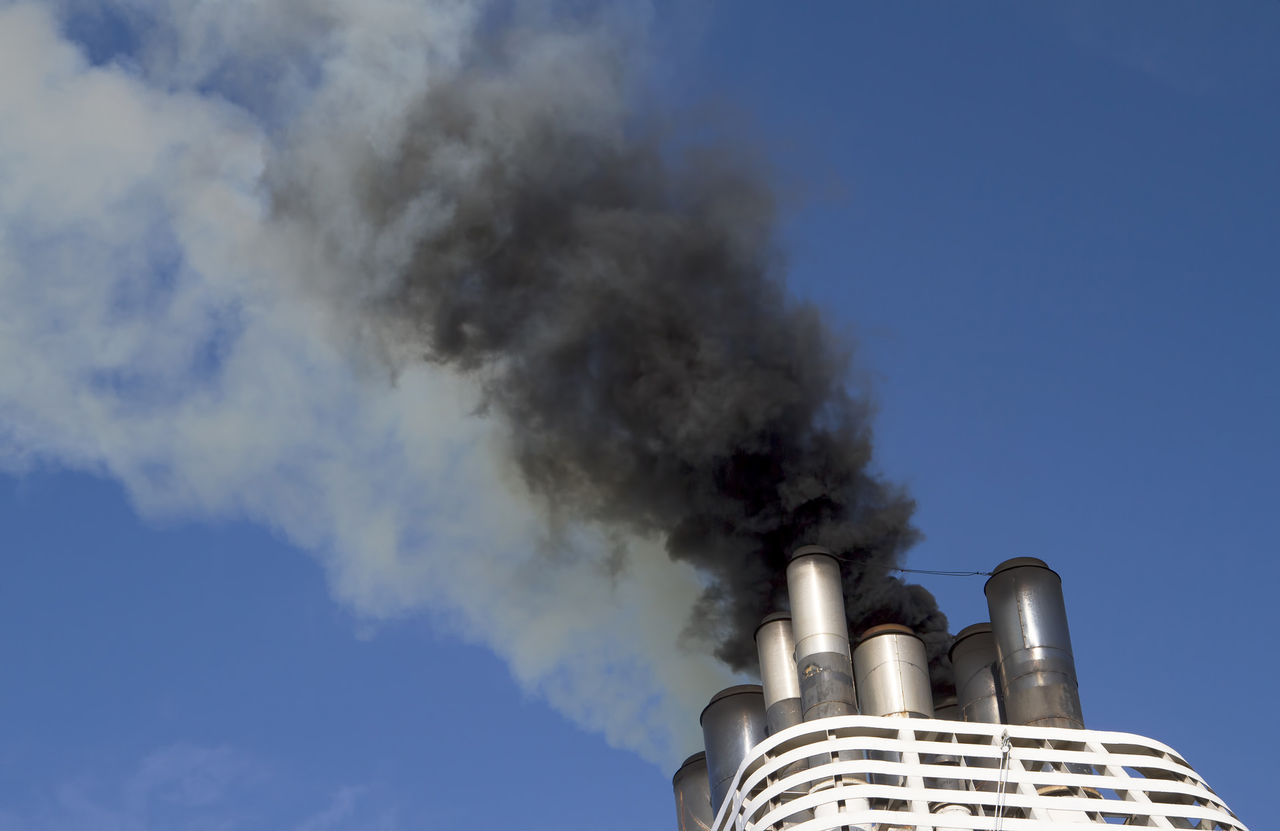As most of you know, international targets have been established to reduce CO2 intensity from international shipping in 2030 by 40 percent compared to 2008 levels, and 70 percent by 2050.
Obviously, progress towards these targets cannot wait until the deadline is close if they are to be achieved. To make sure the industry is headed in the right direction, in January 2023, two important new rules will come into force. These are the Energy Efficiency Existing Ship Index (EEXI) and the Carbon Intensity Indicator (CII).
The EEXI is geared to assess a new or existing ship’s design, establishing whether it meets the required standards of energy efficiency in terms of how its various specifications are put together. If vessels meet these standards, then it is a one-off certification program.
CII is all about operational energy efficiency – how the ship and its engines are used, and the condition of its components. Unlike EEXI, CII is an ongoing obligation. Ships will be assigned a rating from A to E each year, depending on their actual levels of operating efficiency. And each year, the ratings will become more stringent, as further progress towards the 2030 and 2050 goals becomes more pressing.
Ships scoring the lowest, D or E, ratings for three consecutive years will be required to provide a plan of action to address their shortcomings. They’ll also be likely to be disadvantaged in other ways, as financial and customer organisations press for greener shipping through mechanisms like the Sea Cargo Charter and the Poseidon Principles.
These ratings might be improved through major refits, like engine changes or switching to alternative fuels, but other, less dramatic measures — like changes to settings, servicing, slow steaming and more efficient routing — can also have a very major effect on fuel efficiency, and thus emissions, and the ship’s CII rating.

Measure in all things
Ship owners and operators are thus required to closely measure engine efficiency and will wish to do as much as they can to achieve the best post possible rating for their vessels. But conducting such measurements and deciding the priority measures to increase efficiency might not be obvious to many. This is the work Tekomar XPERT marine was launched to help achieve. This digital suite delivers measurements and powerful insights into a ship’s operational data that can enable fuel savings of up to 20 percent, cutting both costs and emissions.
The brand new emissions module for Tekomar XPERT works alongside the existing engine insights module, which is already monitoring the performance of more than 8000 engines worldwide. Together, the solution provides actionable insights to inform better operating decisions. It also really helps with CII emissions recording and reporting.
The emissions module not only measures current performance and harvests historical data, but allows for the vessel’s CII rating and CO2 emissions to be accurately forecasted. This forecast functionality is enormously useful and is finely tuned to allow emissions forecasts for a particular vessel on a particular voyage. This can allow shipowners to select the right ship to perform a particular voyage based on its existing emissions rating, keeping all ships in the fleet within the parameters of the best CII emissions rating they’re capable of achieving.
The module provides easy, pre-validated, automated reporting in line with the International Maritime Organization’s (IMO) and the EU’s Monitoring, Reporting & Verification (MRV) requirements. Charter party conformity on emissions reporting is also eased through this automation.
Tekomar XPERT is available to customers anytime, anywhere through a portal through which they can view the performance of entire fleets, as well as individual vessels, using the information to support benchmarking and data-driven decision-making. The system provides advisory support at all levels, offering advice on where and how efficiency can be increased, fuel savings realised and CII ratings improved. All marine engines, from any supplier and of any age, are supported.














